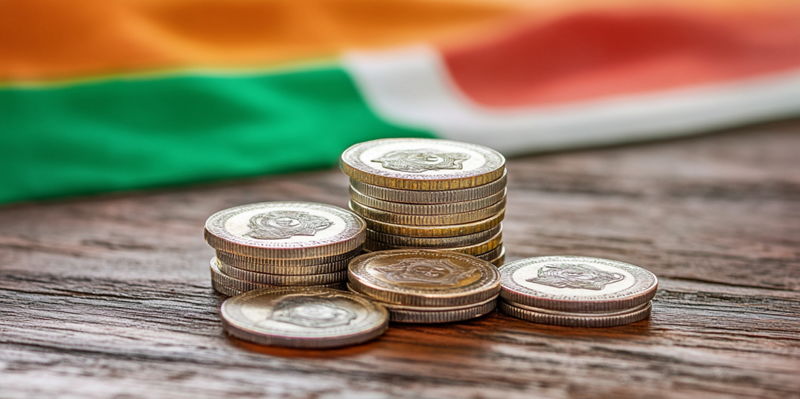Imagine a world where your favorite e-commerce platform not only helps you buy products but also offers seamless financial services like loans, insurance, and investment options. This is the vision of embedded finance, which offers a significant opportunity for India’s digital and financial services platforms, potentially unlocking $25 billion in revenue by 2030. Embedded finance involves integrating financial services directly into everyday consumer platforms, digital networks, and supply chains. According to a report by Elevation Capital, major consumer platforms in sectors like e-commerce, travel, and mobility are projected to serve a user base of 400-450 million by the financial year 2030. Embedding financial services within these platforms could generate an impressive $10-15 billion in revenue.
Growth Drivers: Public Digital Infrastructures
The transformation towards embedded finance has been driven over the past decade by the creation of public digital infrastructures like UPI, KYC, and GST, the development of large digital channels, and the widespread adoption of new-age software. These digital infrastructures have facilitated smoother, faster, and more reliable transactions, which have become the backbone of embedded finance. Furthermore, they have enabled businesses to offer more personalized, scalable, and seamless financial services directly within their platforms. Elevation Capital’s report emphasized the value creation this trend brings, not only by creating topline revenue opportunities but also by enhancing customer retention and affordability. Embedding financial products within consumer platforms significantly contributes to increased penetration and improved customer experiences, reshaping how financial services are consumed and delivered.
Open Digital Networks and Supply Chain Integration
India’s open digital networks, such as the government’s Open Network for Digital Commerce (ONDC), are projected to collectively generate over $5 billion annually by FY30 by integrating financial services. These networks are designed to offer interoperable and open access to a range of digital services, including commerce and finance, thereby fostering an inclusive digital economy. Another significant opportunity lies in embedding lending and insurance within digitizing supply chains, which is estimated to represent a $10-12 billion opportunity by FY30. By integrating these financial services directly into supply chain processes, businesses can ensure better risk management, easier access to credit, and enhanced operational efficiency. The intersection of digital networks and financial services is poised to drive substantial growth and innovation in India’s economy, creating a more integrated and resilient financial ecosystem.

